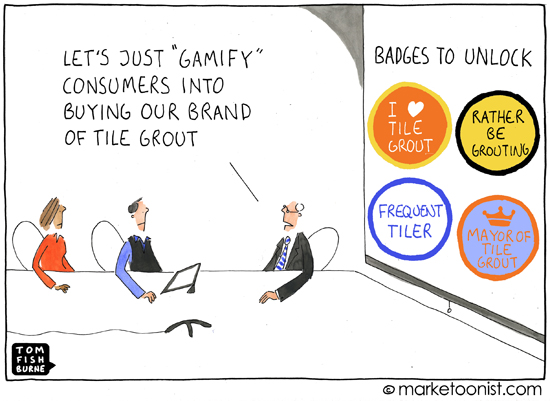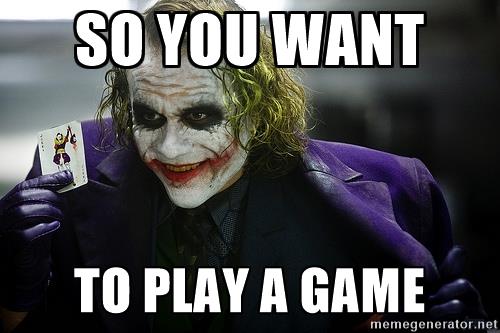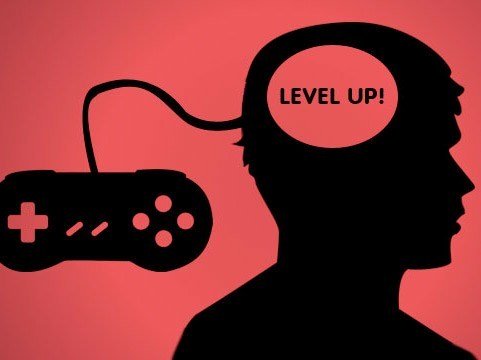We all have chores that we hate to do, even in jobs that we love. Sales people who hate to file reports, Finance guys who hate to speak to people, Runners who hate to wake up early in the morning, Kids who hate to eat are more of rules than exceptions. What can we do that can bring joy or atleast make these tasks bearable enough to get them done. Answer lies in ‘Gamification‘.
Gamification – Defined:
Gamification is a great way to have fun while doing a mundane task or motivate others to do such mundane tasks. A good game is one that contains as many as 3 or 4 of the below features:
- A measurable time bound activity
- Clear Outcomes
- Peer Group Involvement
- Rewards
Everyday Examples of Gamification:
Let me share some examples that will give you a better idea.
Gamification Challenge 1: Three daughter taking care of their Alzhemiers affected mother faced much difficulty in making her eat.
Game: Making her Eat.
Measurement of Outcome: The progress was tracked in a chart in the mother’s room.
Reward : One who manages to feed her most morsels of food is free of the dish washing duties.
Gamification Challenge 2: Heaps of unwashed dishes in the sink.
Game: Start from the biggest dish and create the highest heap of washed dishes.
Outcome: A Clean sink
Reward: A Smoothie or a time off from some other household duty.
Gamification Challenge 3: Going to Gym 5 days a week.
Game: Get into the gym clothes and shoes and go to the gym. Does not matter if you work out for 5 mins or 50 mins.
Outcome: Get over the inertia and make time for gym which will build the habit
Penalty: Pay Rs.100 to your friend or a charity you dislike for every day you missed.
Positive Reward: Reward yourself with a new wardrobe for money saved from not paying the above penalty.
Gamification Challenge 4: 5 more chapters to study in the next one week before exam starts.
Game: Complete the chapter studies and revision at the rate of one per day.
Outcome: All relevant portions completed and well prepared prior to exam.
Reward: If the 5 chapters are over before friday, I am allowed to watch the Ind Vs Pakistan match on Saturday for 3 hours.
These are some examples of good usage of gamification. Most people who ever had to feed/bathe a child may have tried creative ways to apply this knowledge. But adults especially ourselves respond very well to gamification.

Six points to Note on Gamification:
(1) Reward the completion of activity and not the outcome. For example, reward is for going to the gym and not losing weight, studying 5 chapters and not coming within 5 ranks etc as it is a clearly measurable and immediate outcome.
(2) It is in general better to stick to a positive reward especially when you are trying to motivate someone else, to avoid feeling manipulated. However, sense of losing something you have can be a very strong motivator too.
(3) It is better to collaborate with others either in person or virtually as they become accountability partners ensuring your success.
(4) Maintain minimal time gap between completion of activity and reward.
(5) Where the inertia is to starting, one may just focus on that part. For Eg: Runners who feel lazy to start the run, can consider activity to be complete when one ties the shoes and gets out in the road, irrespective of the run being 10 M or 10 Km.
(6) Don’t negate the benefits of the activity with the reward. For Eg: Don’t reward your going to the gym behavior with the reward of eating junk food.

Why does Gamification work?
Our brain perceives life like a 7D movie, with audio visual and experience inputs. Some songs may immediately remind you of certain times you had heard or sung it. For Example, many older people are in love with songs of their time, not necessarily because of the better quality of songs, but because of memories associated with it. In my case, when I try to recall a point I heard in audio book, I often remember it along with exact location I had heard it in if I had heard that in a road trip. It also works the other way, when I cross the location I evoke memories of the exact sentences in the audio book.
Through Gamification, we are re-programming the brain by associating more positive sensations with the activity and over writing the current negative sensations we have already associated with it. This is why it is necessary to have the reward as close as possible to the completion of the activity.
So get creative and Let’s play.

Normally we’d try to brute force our way through an unpleasant task with will power. This approach is fun and novel 🙂
Brute force can tremendously will power depleting making us hate the task even more. Gamification is a creative way to change habit. Try it out and have fun 🙂